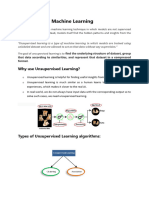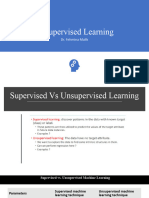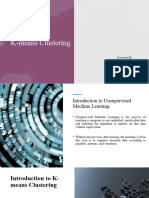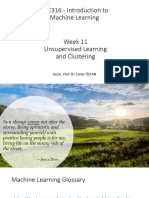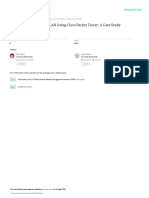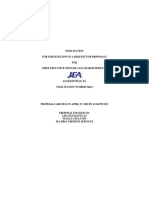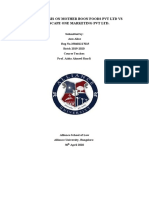0% found this document useful (0 votes)
38 views18 pagesML Unit5 Notes
The document discusses unsupervised learning techniques, focusing on clustering methods such as K-means, K-modes, and K-prototypes, as well as reinforcement learning concepts. Unsupervised learning identifies patterns in unlabeled data, while reinforcement learning involves agents learning from actions and feedback. Key algorithms and their applications are explained, emphasizing the importance of choosing optimal parameters and understanding the strengths and weaknesses of each method.
Uploaded by
freefiretopup606Copyright
© © All Rights Reserved
We take content rights seriously. If you suspect this is your content, claim it here.
Available Formats
Download as PDF, TXT or read online on Scribd
0% found this document useful (0 votes)
38 views18 pagesML Unit5 Notes
The document discusses unsupervised learning techniques, focusing on clustering methods such as K-means, K-modes, and K-prototypes, as well as reinforcement learning concepts. Unsupervised learning identifies patterns in unlabeled data, while reinforcement learning involves agents learning from actions and feedback. Key algorithms and their applications are explained, emphasizing the importance of choosing optimal parameters and understanding the strengths and weaknesses of each method.
Uploaded by
freefiretopup606Copyright
© © All Rights Reserved
We take content rights seriously. If you suspect this is your content, claim it here.
Available Formats
Download as PDF, TXT or read online on Scribd
/ 18



